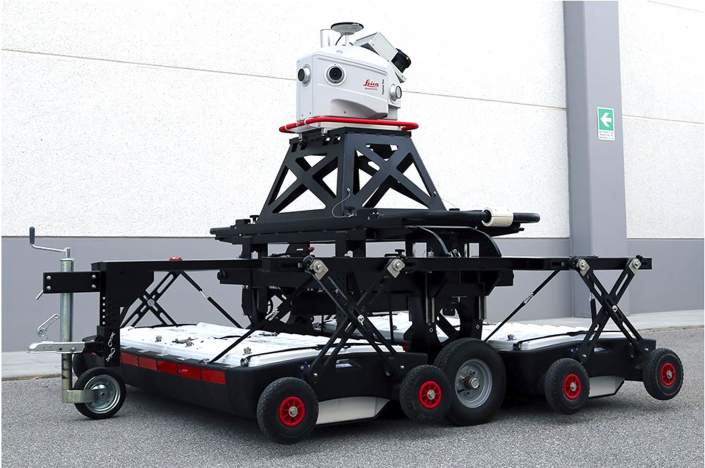Radar will help researchers study how root systems support crops

Image: Texas A&M AgriLife
Using ground-penetrating radar, Texas A&M AgriLife Research scientists will soon look deep beneath agricultural row crops to determine what makes them stronger, higher yielding and more adaptable – and more capable of mitigating the effects of carbon dioxide on global climate change.
Dirk Hays, an AgriLife Research plant geneticist and a professor in the Department of Soil and Crop Sciences, College of Agriculture and Life Sciences, will lead the project, which is funded by a $4.6 million, three-year grant from the U.S. Department of Energy’s Advanced Research Projects Agency-Energy.
The agency funds technologies that show technical promise and potential for commercial impact, but are too early in their research and development for private-sector investment.
Specifically, Hays said, the Energy Department is interested in how large biomass root systems can contribute to the building of root-derived soil organic matter while sequestering and allowing carbon dioxide to be stored in the ground and used for climate change mitigation.
Hays said his previous research has used ground-penetrating radar to phenotype roots in wheat, sorghum, cowpeas and other crops. On Feb. 1, he and a team of AgriLife Research and Texas A&M University scientists will start looking at high biomass energy crops, specifically perennial sorghums and millets.
“We have not been able to use ground-penetrating radar or any other nondestructive system to select for ideal root systems in the past,” he said. “GPR has only minimally been used in crop systems. So this will be the first large body of work using GPR for crop root systems. We know it has limitations to see fine roots in heavier soils, but our goal is to take the technology as far as we can to see finer structure and at deeper depths.”
Through the project, AgriLife Research is tasked with developing ground-penetrating radar antenna arrays for three-dimensional root and soil organic carbon imaging and quantification, he said.
Other AgriLife Research and Texas A&M scientists at College Station on the project are: Russell Jessup, perennial grass breeder; Frank Hons, soil scientist; Nithya Rajan, agronomist; Haly Neely, soil scientist; Ben Wu, rangeland ecologist; Michael Bishop, geosciences professor; and Ron Lacey, biological and agricultural engineering professor.

